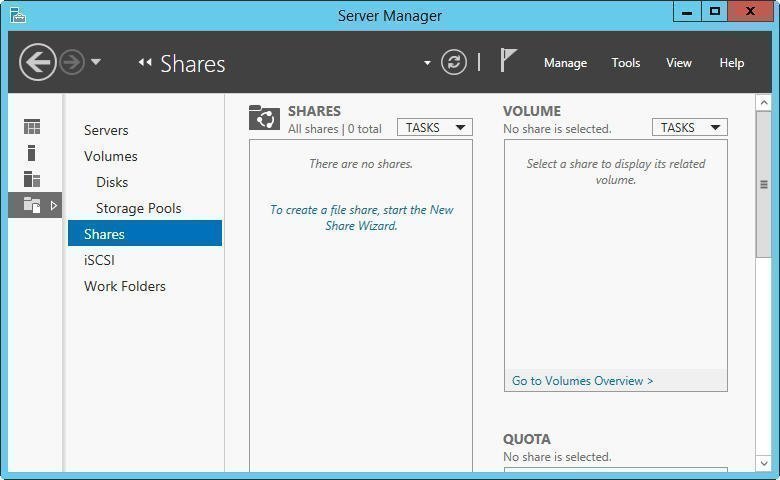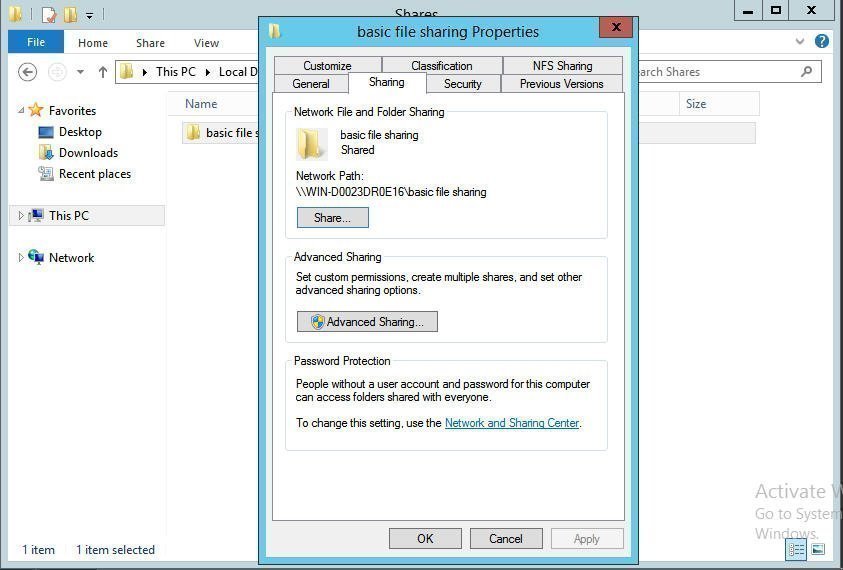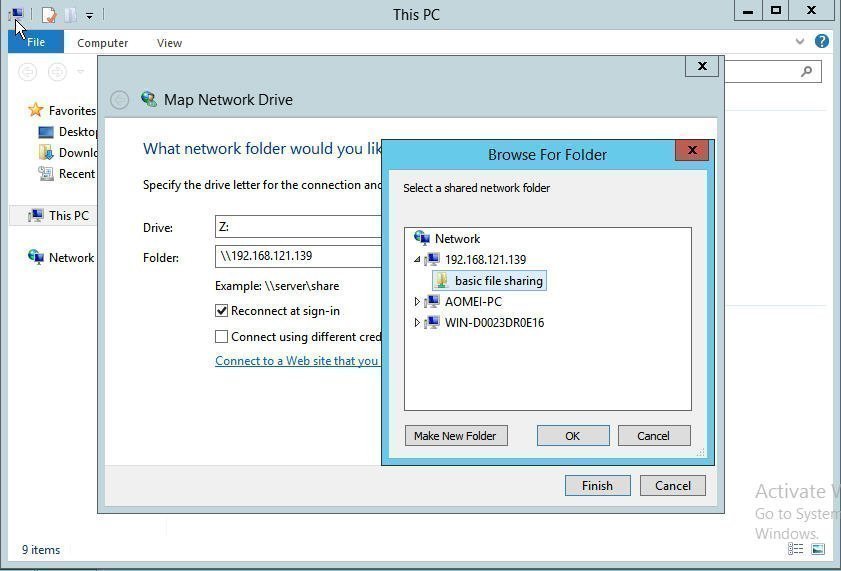Perform Windows File Server Backup Easily (For All Server Systems)
- User case
- Windows file server backup best practices
- Method 1: Directly create Windows Server 2019 file server backup
- Method 2: Configure and perform Windows file server backup
- Part 1: Install FSRM and File Server
- Part 2: Configure file server sharing
- Part 3: Perform Windows file server backup via Map network drive
- Conclusion
User case
how do I create Windows file server backup?
To add multiple backup versions of files/directories, you can pair a Drobo 5C (a hardware-based file server DAS) with Second Copy (a software-based backup program). This setup allows for efficient and cost-effective data protection. The Drobo 5C provides a robust and expandable storage solution, while Second Copy handles the backup and versioning process. This combination aligns with Windows file server backup best practices and is a cost-effective option. Consider implementing a 3-2-1 backup strategy: three copies of data (primary, backup, and offsite), two different storage types (e.g., DAS and NAS), and one copy stored offsite.
- Question from Reddit
Windows file server backup best practices
A file server allows companies to store and access various types of computer files, such as documents, images, and databases, from a central location. Authorized users can access and modify files on the server, but this can sometimes result in files being deleted or incorrectly modified due to human error.
Without a Windows file server backup, companies risk losing critical business data due to issues like power failures, hardware malfunctions, physical damage, and more. To mitigate this risk, following best practices for Windows file server backup is essential, allowing businesses to ensure their data is safely stored and can be easily recovered in case of a disaster.
Microsoft provides built-in Windows Server Backup to backup files in Windows Server 2019, but requires FSRM and File Server setup, shared folder creation, and local drive mapping in advance.
If you know the network location, you can use third-party file backup software, such as Qiling Disk Master Server, to automatically backup files and delete old backup images on a regular basis.
Method 1: Directly create Windows Server 2019 file server backup
Here, you will utilize Qiling Disk Master Server to create a Windows file server backup across all Windows systems, including Server 2003(R2)/2008(R2)/2012(R2)/2016/2019/2022 and Windows XP/Vista/7/8/10/11. This allows you to take advantage of various useful backup features, such as creating backups of your file server, restoring files, and more.
- Schedule Backup: The software allows for customizable backups, enabling users to schedule backups on a daily, weekly, or monthly basis, or even set specific events to trigger backups. Additionally, users can specify the date, time, and intervals for backups, providing flexibility and control over the backup process.
- Incremental and differential backup: Compared to a full backup, incremental or differential backup only saves changed files, requiring less backup time and disk space. This software further reduces disk usage by using normal compression and automatic splitting.
- Automatic Backup Cleanup: To prevent the backup disk from becoming full due to accumulated backups and limited space, consider implementing a backup rotation strategy. This involves regularly deleting older backups to free up space and ensure that only the most recent backups are retained.
- Other useful tools: Hiren's BootCD is a diagnostic and recovery tool that allows you to create a bootable USB or CD/DVD to troubleshoot and repair computer issues, including creating a recovery environment if no storage device is available.
This software offers intuitive operations and an easy-to-understand interface, making it simple for users to navigate. To experience it firsthand, you can download the free trial version. For continuous data protection, it's recommended to upgrade to the official version, which can be done at a discounted price of $70 off the server trial.
The current version only supports a limited number of PCs and servers. For creating Windows file server backups within a company, consider using the Qiling Disk Master Technician or TechPlus edition.
Step 1. Open the Windows file server backup software - Qiling Disk Master Server. Then, click Backup and File Backup subsequently.
Step 2. To add a network path, click on "Folder" > "Share/NAS" > "Add Share or NAS Devices", then enter the display name, IP address, username and password of your file server and click "OK" to access it.
You can add all displayed folders for backup, and if you don't have permission, you will be asked to enter network credentials.
Step 3. The folder-shaped button allows you to select a destination path for backing up files on the file server, giving you options to save to external hard drives, USB flash drives, network drives, or NAS devices.
Step 4. To confirm all settings and proceed with creating a Windows file server backup, click the "Proceed" button. For ongoing data protection, consider setting more advanced features.
✍Schedule BackupThe software allows users to create automatic file backups on a daily, weekly, or monthly schedule, or trigger backups based on specific events. The professional version also includes a feature to automatically backup files when a USB drive is plugged in.
✍Backup SchemeIt is able to set backup method among full backup, incremental backup, and differential backup.incremental or differential backup and cleanup methods (By quantity, By daily/weekly/monthly, By time) to delete old backup image automatically.
Wait until the process is complete, then you'll have a copy of files on the Windows file server. If any files are deleted or corrupted, you can restore them from backup.
👉 If you don't create a file backup in advance, you can explore image with system backup, disk backup, partition backup, which creates virtual partitions on the computer, allowing you to copy files and paste them to another location.
Method 2: Configure and perform Windows file server backup
In Windows Server 2019, backing up files can be achieved through File Server Resource Manager (FSRM) and Windows Server Backup, but the process can be a bit complicated. To use these tools effectively, it is essential to follow the steps carefully.
Part 1: Install FSRM and File Server
Step 1. Open Server Manager and then choose Add Roles and Features from the Manage menu.
Step 2. The File and Storage Services role can be expanded to include File and iSCSI Services, which can further be expanded to include File Server Resource Manager. If a file server is not installed, it is necessary to first select File Server and then other features.
Part 2: Configure file server sharing
Step 1. Open File and Storage Services and click Servers, you will see the detailed information of your file server.
Step 2.Click the Task menu and select New Share option. Then, follow the New Share Wizard to configure file server sharing.
Step 3. Go the destination location and properties window of shared folder. Then, select Sharing tab and check its network path.
Part 3: Perform Windows file server backup via Map network drive
Step 1. To access the Map network drive window, navigate to "This PC" > "Computer" > "Map network drive" and click on it.
Step 2. To set up your file server, assign a drive letter to it and specify the network location of the shared folder. After that, click OK and then Finish to complete the process.
Step 3. Open Windows Server Backup in the Server Manager and backup files in Windows Server 2019 with it.
Conclusion
Both Qiling Disk Master Server and Windows Server Backup can create Windows file server backups, but Windows Server Backup is more complicated. Its scheduling options are limited to daily or more frequent backups, and the retention policy doesn't work when disk space is low (less than 1/8).
Qiling Disk Master Server is a versatile file backup software that offers a simple way to backup files or a feature-rich experience. It features 5 schedule backup options, 3 backup and cleanup methods, and a sync feature that preserves the original file structure. This feature not only syncs network files to a local drive but also syncs local folders to Google Drive, making it easy to manage and backup files effectively.
Related Articles
- How to Backup Files in Windows Server 2019 Easily (2 Ways)
Wanna backup files in Windows Server 2019 to prevent data from losing? Both Windows Server Backup 2019 and the powerful backup software - Qiling Disk Master can help you make it. - How to Do Windows Server 2012/2016 Offsite Backup Easily
Windows Server offsite backup saves a lot of troubles that may happen with onsite backup. This article tells how to perform offsite backup on Windows Server 2012/2016 with reliable software. - Windows Server Backup Limitations You Should Know
Do you use Windows Server Backup to perform backups in Windows Servers and find it fails sometimes? It's time for you to learn Windows Server Backup limitations and get the best alternative. - How to Comment on Backups for Clear Distinction
A backup comment enables you to distinguish a backup image from other easily. Qiling Disk Master allows you to create a backup with a note within several steps.
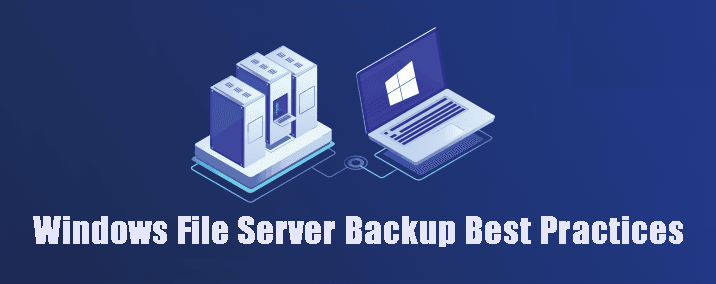



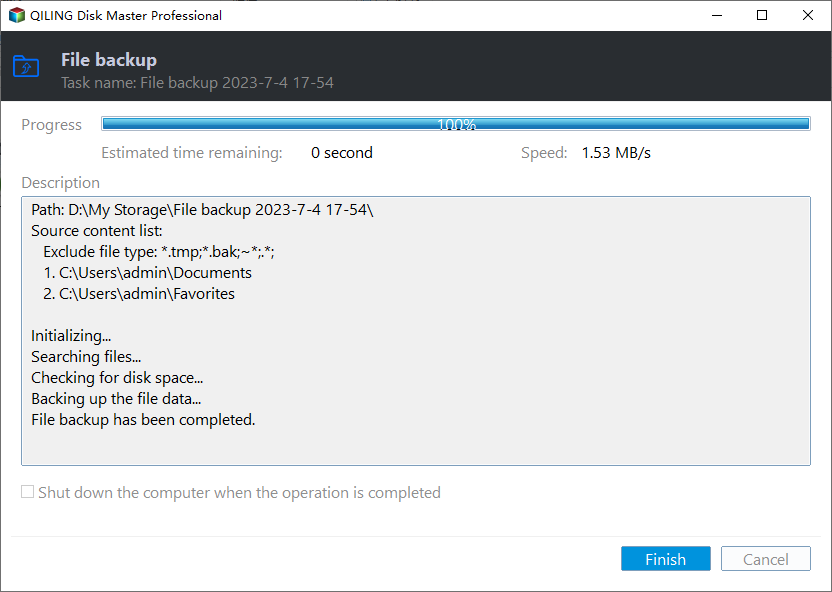
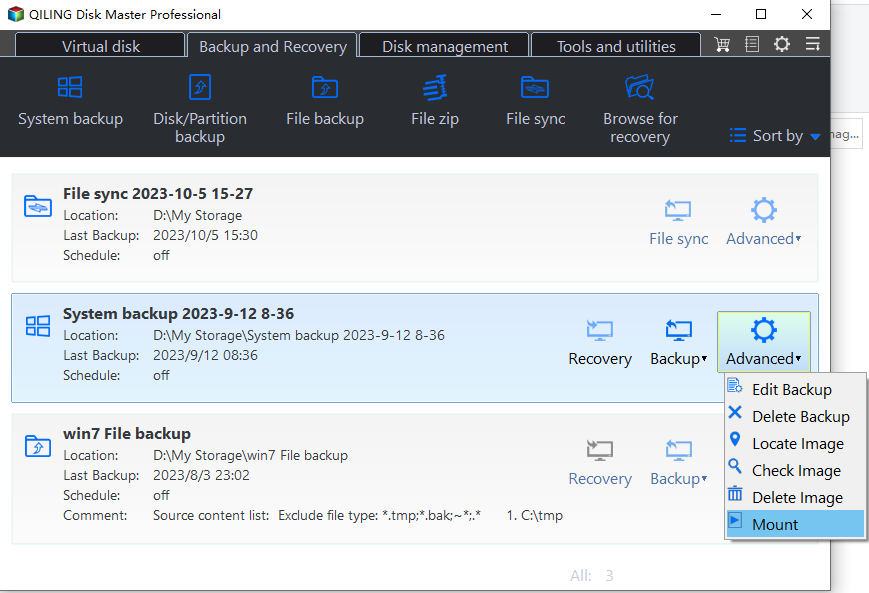
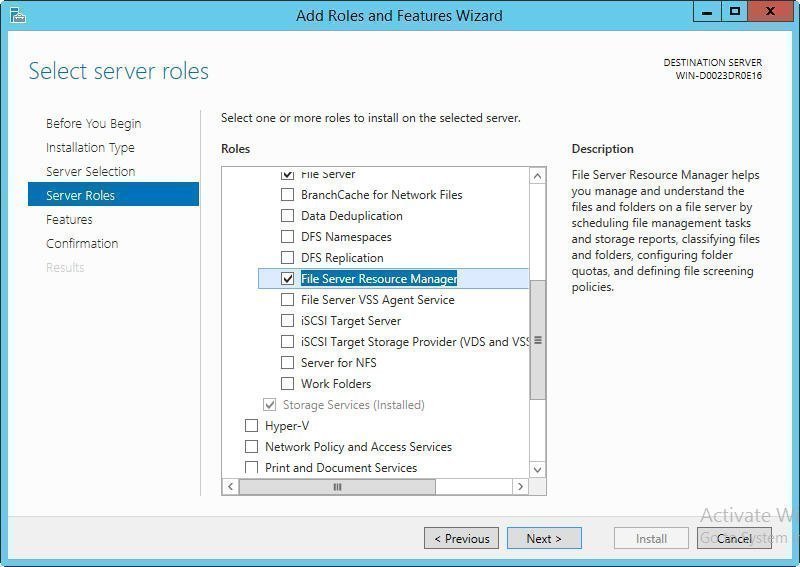
.jpg)
